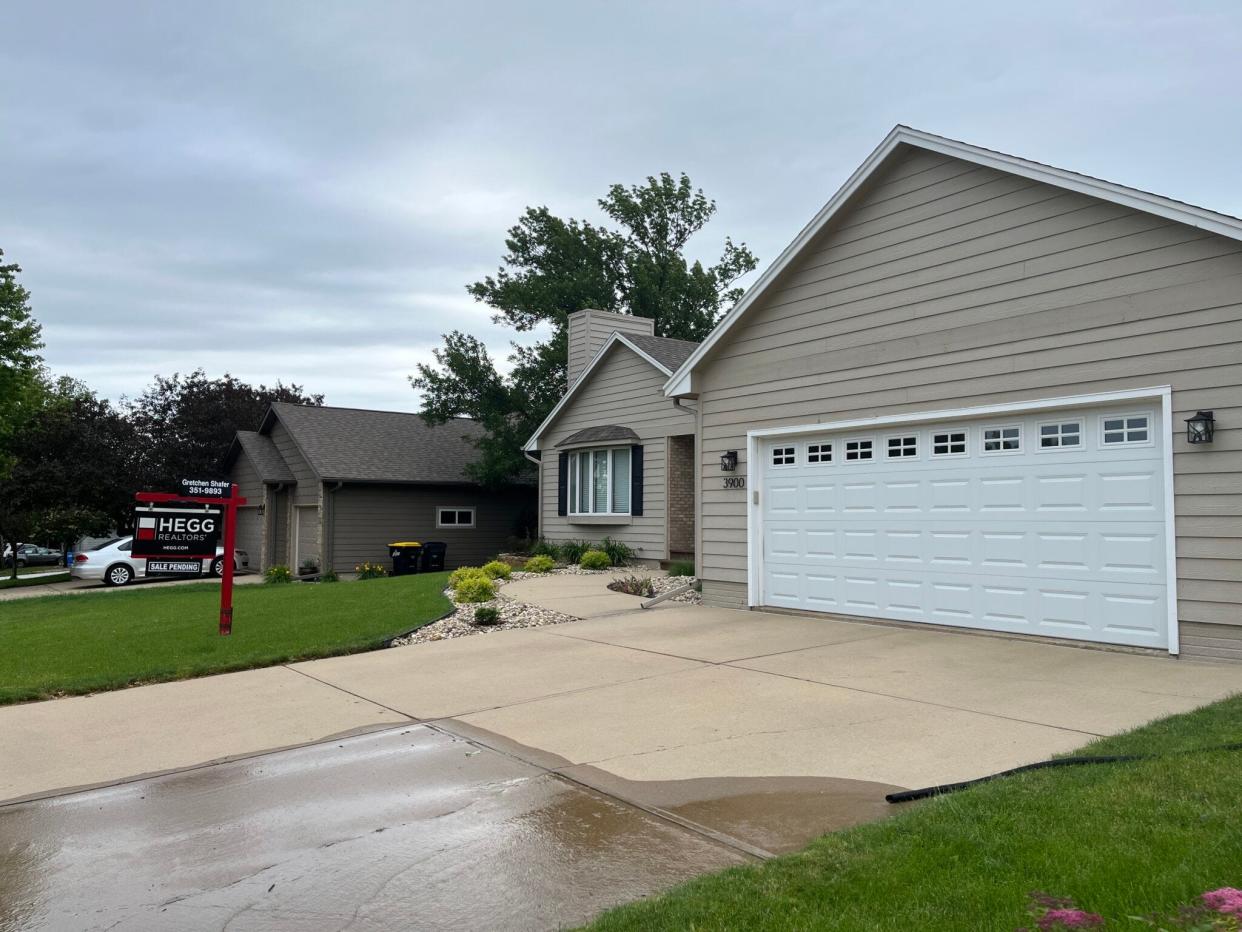‘Somebody has to pay, ultimately’: Legislative committee begins study of rising property taxes

Total property tax payments during the last decade in South Dakota have increased by nearly 60% for homes, 47% for commercial property and 28% for agricultural property.
Some legislators hope to address those trends during the next legislative session, and some legislative candidates are running on a pledge to curb rising taxes.
Lawmakers created the Study Committee on Property Tax Assessment Methodology to recommend legislation for next year’s legislative session, which starts in January. This is the second study committee regarding property taxes in two years.
“I look forward to working all together to make sure we have a fair and equitable process for a property tax system in South Dakota,” said co-chair of the committee Rep. Drew Peterson, R-Salem. The committee met Monday in Pierre.
South Dakotans paid over $1.6 billion in property taxes in 2023, with about 56% going to schools, 27% to counties, 13% to cities and the rest to various other local taxing entities, according to the state Department of Revenue.
South Dakota has the third-highest effective property tax rate among its neighbors, according to a WalletHub analysis reviewed by the committee. WalletHub determined each state’s effective rate by dividing median real-estate tax payments by median home prices. South Dakota’s effective rate of 1.31% exceeds all of its neighboring states except Nebraska and Iowa, at 1.73% and 1.57%, respectively. The lowest rate among surrounding states is Wyoming’s at 0.61% (Wyoming and South Dakota are also the only two states in the comparison that lack an income tax).
Owner-occupied homes accounted for about 40% of South Dakota property taxes paid in 2014, but they now account for about 43%, while commercial property has remained at about 30% and agriculture has decreased from 25% in 2014 to 22% in 2023.
There are two reasons why the property tax burden shifted toward owner-occupied homes, according to Department of Revenue Secretary Michael Houdyshell: increasing sale prices and “tremendous” growth — especially in the Black Hills and Sioux Falls areas.
That leads to higher valuations and a bigger tax base, Houdyshell said. Local governments can increase property tax collections by 3% or the rate of inflation, whichever is less, plus an increase accounting for the percentage of new growth.
“We hear it all the time: Property taxes are too high,” Houdyshell said. “You know, I’ve worked at the Department of Revenue for almost 13 years and I’ve heard pretty much since day one that property taxes are too high.”
Cutting budgets for schools, counties and other local governments to reduce the need for funding.
Finding alternative revenue sources, such as increasing sales taxes (which only the state and cities currently receive), reallocating general funds or finding new tax types.
Shifting the burden to another class of property.
When exemptions to a property tax system are made or caps are put on a property class, that will shift the burden onto other property taxpayers. Exemptions can include religious exemptions or relief programs for elderly South Dakotans.
“At the end of the day, unless you are reducing the need of those local units of government, you still need to generate the same amount of money to provide services,” Houdyshell told lawmakers. “Somebody has to pay, ultimately.”
Rep. Kirk Chaffee, R-Whitewood, told lawmakers the reduced burden on agricultural property taxes is “not by accident.” The state switched from a market value assessment system for agricultural land to a productivity-based model in 2008.
Chaffee chaired the Ag Land Assessment Task Force from 2021 through 2023, which oversees and guides the state Department of Revenue productivity-based assessment system.
“More and more production ag is being put into subdivisions,” Chaffee said, referencing examples in Meade County. “For each house being built, that equates to about 200 acres of ag land taxes. As new land is developed and more owner-occupied houses are being brought into the system, it’s only natural to see that percentage of ag in the total tax pie come down.”
Commercial and owner-occupied properties are assessed on their market value.
Committee members heard an in-depth presentation Monday about how properties across the state are assessed, including presentations from the Pennington County and Brookings County directors of equalization.
The summer study committee plans to meet two to three more times before November. The group will hear from more county directors of equalization, the state Department of Education, agricultural groups, retailers and realtors. The group will also hear public testimony regarding property taxes in the state.
This article originally appeared on Sioux Falls Argus Leader: Legislative committee begins study of rising property taxes

